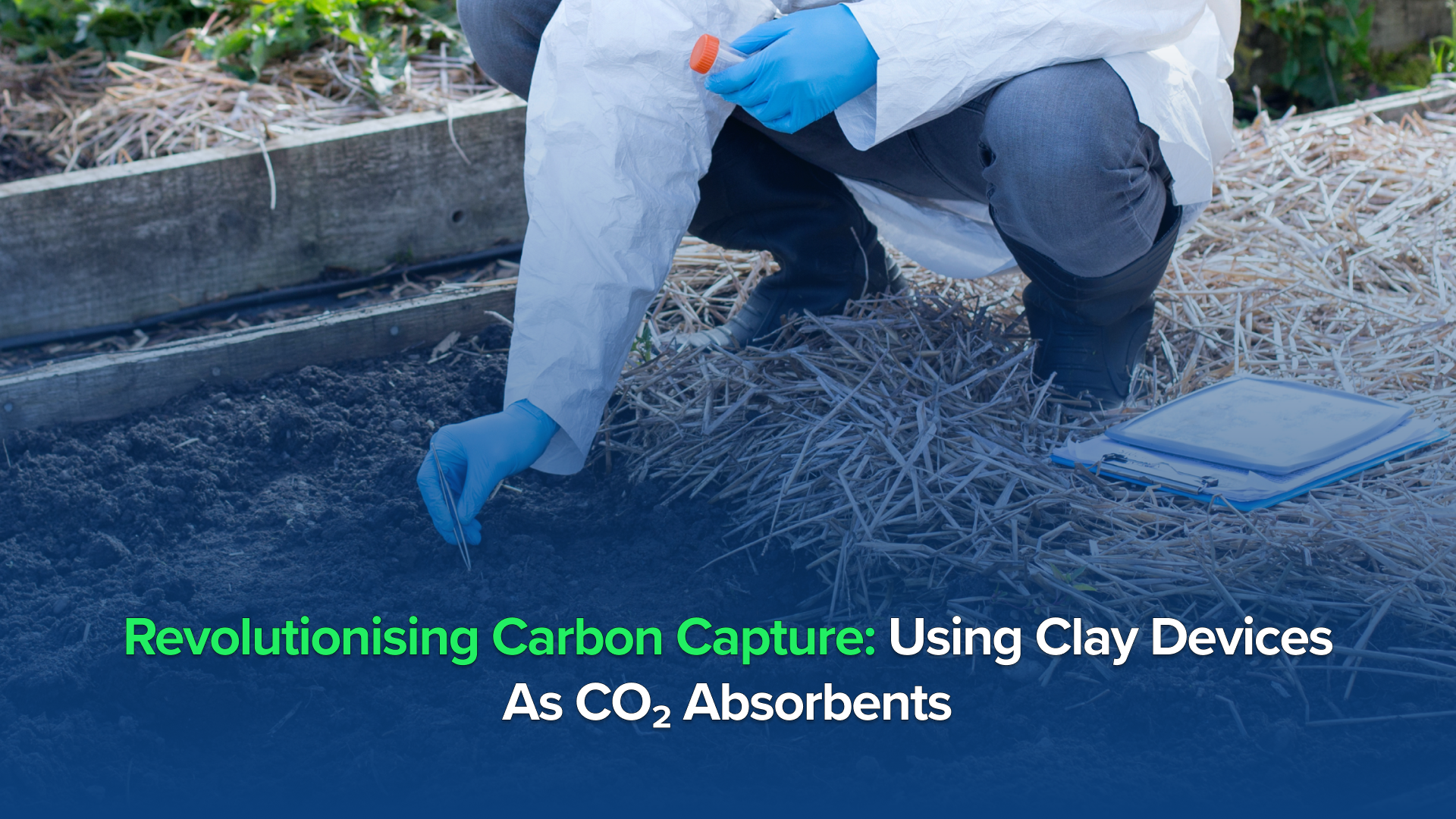London, 17th February 2023: According to recent ongoing research regarding carbon capture, researchers now claim that common clay can be used as the most inexpensive way to deal with the rise in CO2 emissions. As per the recent article published by Norwegian SciTech News, ordinary clay can be as good as other advanced materials for capturing carbon dioxide. Jon Otto Fossum, Professor, Department of Physics at the Norwegian University of Science and Technology while commenting on the simplicity of this research said, “It is quite remarkable that clay can capture as much CO2 as other materials that are being investigated.’’
Researchers across the globe are working on carbon capture as it plays an important role in helping nations to manage and reduce greenhouse gas emissions. Many materials are being tested for this purpose and new results have shown that ordinary clay can work just as effectively as other advanced materials. Scientists have made a breakthrough in this field as common clay offers many benefits compared to other materials, particularly because other potential materials can be expensive, difficult to produce, toxic, and not particularly environment friendly.
The process of capturing and storing Carbon dioxide is called Carbon sequestration. It involves capturing excess carbon dioxide from the Earth's atmosphere and storing it deep underground with an aim of reducing the impacts of climate change. It is widely considered to be one of the least controversial technologies for climate intervention.
However, the process of Carbon sequestration has posed a challenge to the global researchers and another such attempt to solve it was made by a team of scientists at the Sandia National Laboratories. Headed by Sandia chemical engineer, Tuan Ho, the team has been using powerful computer models combined with laboratory experiments to study what kind of clay can soak up carbon dioxide and store it.
Tuan stated, "These fundamental findings have potential for direct-air capture and that is what we're working towards. Clay is really inexpensive and abundant in nature.That should allow us to reduce the cost of direct-air carbon capture significantly, if this high-risk, high-reward project ultimately leads to a technology."
Another bioengineer and senior scientist from Sandia National Laboratory working on the project, Susan Rempe said, "We would like low-cost energy, without ruining the environment. We can live in a way that doesn't produce as much carbon dioxide, but we can't control what our neighbours do. Direct-air carbon capture is important for reducing the amount of carbon dioxide in the air and mitigating the carbon dioxide our neighbours release."
“In addition to being cheap and widely available, clay is also stable and has a high surface area. It is composed of many microscopic particles that in turn have cracks and crevasses about a hundred thousand times smaller than the diameter of a human hair. These tiny cavities are called nanopores, and chemical properties can change within these nanoscale pores”, Rempe further added.
Moreover, the researchers have also found that CO2 in gaseous form binds to smectite clay surfaces, and it's mostly the ions associated with the clay surfaces that act as active capturers. They have also stated that a smectite clay called lithium - flurohectorite can retain CO2 at temperatures up to 35 degrees Celsius at ambient pressure. The carbon dioxide that is captured by the clay is released when it is heated to temperatures above this limit, which allows CO2 capture to be controlled.
All in all the research has been a quantum leap for dealing with carbon capture and the most practical use of this discovery would be that common clay can be included in CO2 filters for industrial scale CO2 emission reduction which would ultimately contribute to environmental, economic and social well being.

